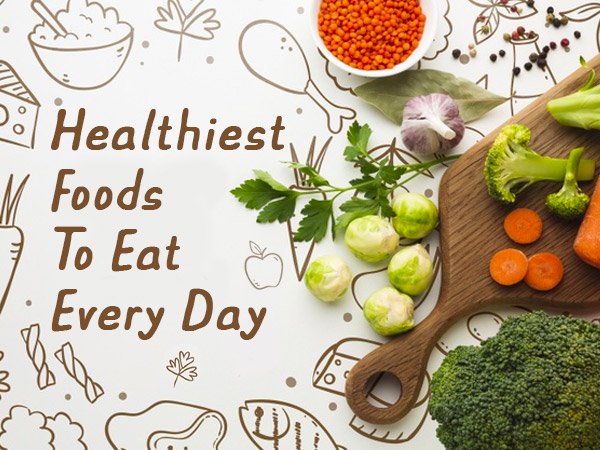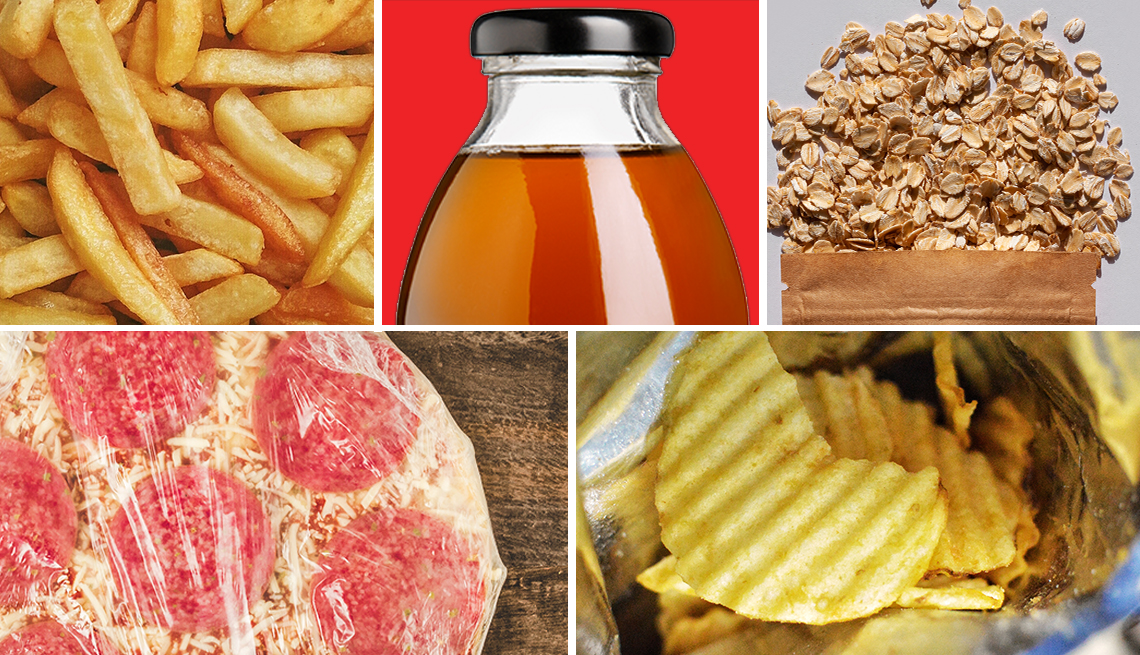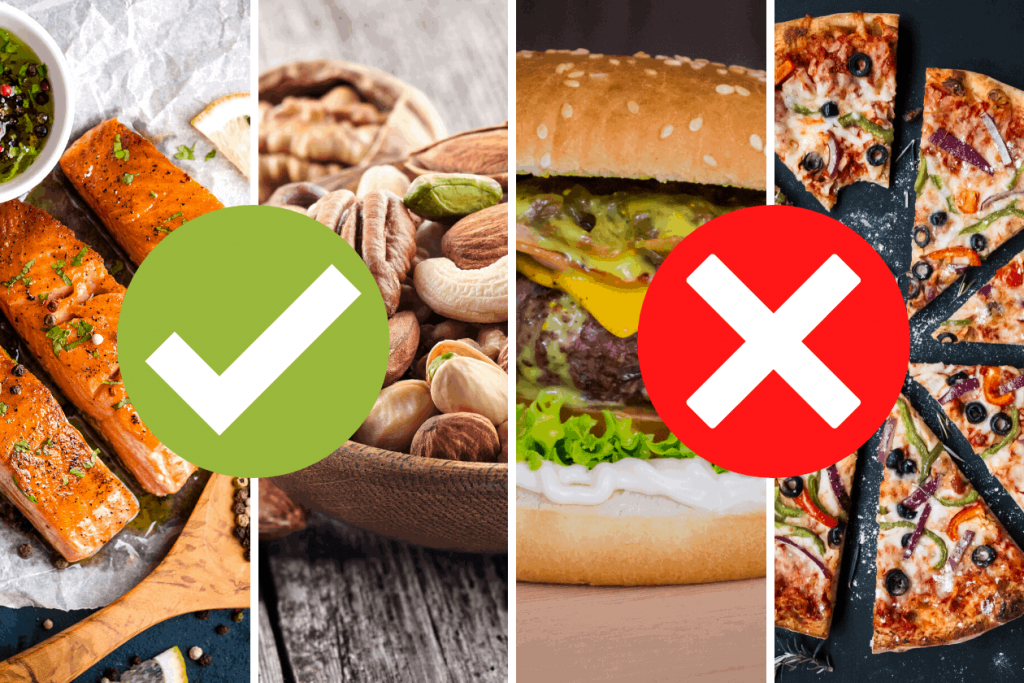
High fibre fruits are a great choice for IBS. High levels of fructose are a common cause for abdominal pain. The fructose content of bananas and citrus fruits, dried fruit, berries, and berries is low. Cruciferous vegetables, such as cauliflower and broccoli, contain high levels of sulfur. If you have IBS, it is best to avoid onions.
IBS sufferers should avoid oranges as they contain a lot of citric acid. This is irritating and can cause irritation. Kiwis have a lower sugar content than oranges which makes them a great fruit for IBS sufferers. Although strawberries and apples are excellent sources of Vitamin C (as well as other fruits), they have a high level of fructose that may cause IBS flareups.
Fruits that have high fiber content are best. These fruits contain a lot of insoluble fiber that can cause IBS. Peeling fruit can help reduce symptoms flare ups. There are many fruits that are suitable for IBS. You can choose the one that is right for you. They can be a great source of vitamins and minerals.

Passion fruit is a good source of soluble fiber, and can be eaten in moderation. You should include it in your diet along with other high-soluble fiber fruits. There are also fruits high in fructan and FODMAPs. Monash University FODMAP apps can help you determine the amount of fiber in various fruits. If you like fennel, consider adding some of its seeds to your diet. This can help with constipation.
Sugary sodas, high-fructose Corn Syrup, and sodas can all contain fructose which can worsen IBS symptoms. A fruit's fibers are high in soluble and non-fructose fibers. IBS sufferers may find bananas or raisin particularly beneficial. Both of these foods are rich in soluble fiber and can be helpful for constipation relief. But if you're unsure about which foods are best for you, start with a small portion of each. After you have determined which ones are the best, you can go ahead and give them a try.
Apple is a great choice for people suffering from irritable bowel syndrome. Its fiber, vitamins and minerals help to maintain healthy digestion. The fiber and vitamins in apple juice help keep your stomach healthy. Cumin herb is also helpful for people with irritable bowel syndrome and is known for its anti-inflammatory and antioxidant properties. Its seeds possess anti-inflammatory properties and carminative abilities. Cumin seeds are high in fiber and can help with irritable intestinal problems.
Another fruit suitable for ibs is the apple. Apples contain fiber, vitamins, and other nutrients that can help keep your digestive system healthy. Irritatable bowel syndrome symptoms can be eased by eating an apple each day. Cumin seeds can be used to relieve symptoms and control symptoms. If you suffer from irritablebowel syndrome, apples may be an excellent option.

Fruits are high in fiber and rich in vitamins, minerals, and other nutrients. Avoid foods high in fructose such as sweets or commercial snacks. Keep a food journal to help you decide which foods can be safely eaten and which should not. If you're unsure of which foods are triggering your symptoms, consult your doctor before introducing new foods.
IBS patients can benefit from eating lots of fruits, vegetables and other healthy foods. These foods contain high amounts of fructose, which can aggravate your symptoms. For this reason, you should avoid foods with high fructoses, such as soft drinks and processed foods. A fruit that contains low amounts of fructose will not cause your symptoms to worsen.
IBS sufferers love fruits that are easy to digest. Blueberries are an excellent source of dietary fibre, such as blueberries. Blueberries can be eaten raw for improved digestion. They are also rich in vitamins and minerals. You should always eat fruits and vegetables for ibs
para: Peppermint and fennel seeds are two other fruit that can be used to treat ibs. They are also rich in dietary fibers and antioxidants.
FAQ
What's the best diet?
There are many factors that influence the best diet, including your gender, age, weight, health condition, lifestyle, and personal preferences. You should also consider how much energy your exercise consumes, whether you like low-calorie or high-calorie foods, and what you enjoy in terms of eating fruits and veggies.
Intermittent fasting is a good option if you're trying to lose weight. Intermittent fasting is a way to eat only certain meals during the day instead of three large meals. This approach may prove to be more beneficial than traditional diets that have daily calorie counts.
Some studies suggest that intermittent fasting may improve insulin sensitivity and reduce inflammation, which can lead to improved blood sugar levels and reduced risk of diabetes. Research also shows that intermittent fasting may increase fat loss and improve overall physique.
What is the problem?
BMI stands for Body Mass Index, which is a measurement of body fat based on height and weight. The following formula can be used to calculate BMI.
The weight of a kilogram divided by its squared height in meters.
The result can be expressed as a number between zero and 25. Scores between 0 and 25 indicate obesity. A score of 18.5 indicates overweight. A score of 23 indicates obesity.
A person who weighs 100 kilograms and is 1.75m tall will have an BMI of 22.
How can I live my best everyday life?
Find out what makes YOU happy. This is the first step in living a life that you love. Once you've identified what makes your happy, you can start to work backwards. Asking others about their lives can help you to see how they live the best life possible.
You can also read books like "How to Live Your Best Life" by Dr. Wayne Dyer. He talks about how to find happiness and fulfillment at all stages of our lives.
What's the difference between a virus & a bacterium?
A virus is a microscopic organism that cannot reproduce outside its host cell. A bacterium (or single-celled organism) reproduces by splitting itself into two. Viruses are very small (about 20 nanometers) while bacteria are larger (up to 1 micron).
Viruses can be spread by contact with bodily fluids containing infected substances, such as saliva, urine and semen. Bacteria can easily be spread from direct contact to contaminated surfaces and objects.
Viral infections can also be introduced to our bodies by a variety of cuts, scrapes or bites. They can also enter the body through the mouth, nose, eyes and ears, vaginal, rectum or anus.
Bacteria can get into our bodies through cuts, scrapes and burns, insect bites, or other skin breaks. They can also get into our bodies via food, water or soil.
Both bacteria and viruses cause illness. But viruses do not have the ability to multiply within their hosts. They can only infect living cells and cause illness.
Bacteria may spread to other people and cause sickness. They can also invade other parts of your body. They can even invade other parts of the body, which is why antibiotics are necessary to eradicate them.
Why does weight change as we age?
How can you find out if your weight has changed?
Weight loss happens when there is less muscle mass and more fat. This means that the amount of calories consumed must exceed the amount of energy used daily. Low activity levels are the most common cause for weight loss. Other causes include illness, stress, pregnancy, hormonal imbalances, certain medications, and poor eating habits. Weight gain is when there are more calories than muscle mass. It occurs when people eat more calories than what they use in a given day. It can be caused by overeating or increased physical activity as well hormonal changes.
Our bodies lose weight because we eat fewer calories than we burn. By exercising regularly, our metabolism rates increase which in turn burns more calories during the day. But, this does not mean that we will be thinner. It is important to know if we are losing weight or gaining muscle. Weight loss is possible if you burn more calories than you consume. But if you consume more calories than you burn, you're actually storing them for fat.
As we age, our ability to move around is slower and we are less mobile. We also tend to consume less food than when we were younger. Also, we are more likely to gain weight. On the flipside, we are more muscular than we really need and appear bigger.
There's no way to tell how much weight you've lost unless you weigh yourself every week. There are many methods to measure your weight. There are many ways to measure your weight. You can check your waist, hips, thighs, arms and legs. Some prefer to use bathroom scales, while others prefer tape measures.
For a better track of your progress, try to weigh yourself once per week and measure your waistline once every month. You can also take pictures of yourself every few months to see how far you've come.
You can also check your height online to find out how many pounds you have. If you are 5'10" tall, and you weigh 180 lbs, then you would probably weigh 180 lbs.
Does being cold give you a weak immune system?
Cold can make you less immune to infection because your body makes fewer white blood cells, which are essential for fighting infections. However, being cold also makes you feel better because your body releases endorphins into your brain which reduce pain.
Statistics
- According to the Physical Activity Guidelines for Americans, we should strive for at least 150 minutes of moderate intensity activity each week (54Trusted Source Smoking, harmful use of drugs, and alcohol abuse can all seriously negatively affect your health. (healthline.com)
- nutrients.[17]X Research sourceWhole grains to try include: 100% whole wheat pasta and bread, brown rice, whole grain oats, farro, millet, quinoa, and barley. (wikihow.com)
- WHO recommends reducing saturated fats to less than 10% of total energy intake; reducing trans-fats to less than 1% of total energy intake; and replacing both saturated fats and trans-fats to unsaturated fats. (who.int)
- In both adults and children, the intake of free sugars should be reduced to less than 10% of total energy intake. (who.int)
External Links
How To
What does the "vitamins” word mean?
Vitamins can be described as organic compounds found in food. Vitamins are necessary for us to absorb nutrients in the foods we consume. Vitamins cannot be made by the body; they must be taken from food.
Two types of vitamins exist: water-soluble vitamin and fat-soluble vitamin. Water-soluble vitamins dissolve readily in water. Examples include vitamin C,B1 (thiamine), B2 (riboflavin), B3 (niacin), B6 (pyridoxine), folic acid, biotin, pantothenic acid, and choline. The liver and fatty tissues are home to fat-soluble vitamins. You can find vitamin D, E K, A, beta carotene, and other fat-soluble vitamins.
Vitamins are classified according their biological activity. There are eight major groups of vitamins:
-
A – Essential for normal growth, and the maintenance of good health.
-
C - important for proper nerve function and energy production.
-
D - necessary for healthy bones and teeth.
-
E is needed for good reproduction and vision.
-
K - Essential for healthy muscles and nerves.
-
P - Vital for strong bones and teeth.
-
Q - Aids in digestion and absorption.
-
R - Red blood cells are made from red blood cells.
The recommended daily intake (RDA), of vitamins varies with age, gender and physical condition. The U.S. Food and Drug Administration, (FDA), sets the RDA value.
For adults over 19 years, the RDA is 400 mg per day for vitamin A. Pregnant mothers need 600 micrograms per days because it is vital for the development and growth of their baby. Children ages 1-8 require 900 micrograms per day. Babies under one-year old require 700 mg per day. Between 9 and 12 years of age, however, this drops to 500 mg per day.
Children between the ages 1--18 years old who are overweight or obese require 800 micrograms per Day, while those who are overweight or obese need 1000 micrograms. To meet their nutritional needs, children underweight and obese require 1200 micrograms a day.
Children between 4 and 8 years old with anemia will need 2200 micrograms daily of vitamin C.
2000 micrograms is the minimum daily intake for adults over 50 years old to maintain good health. Women who are pregnant or breastfeeding need 3000 micrograms per day due to increased nutrient requirements.
1500 micrograms are required daily by adults over 70 because they lose approximately 10% of their muscle each decade.
Women who are pregnant and lactating need more nutrients than the RDA. Pregnant and breastfeeding women require 4000 micrograms each day during pregnancy and 2500 Micrograms each day after delivery. Breastfeeding mothers need 5000 micrograms per day when breast milk is being produced.